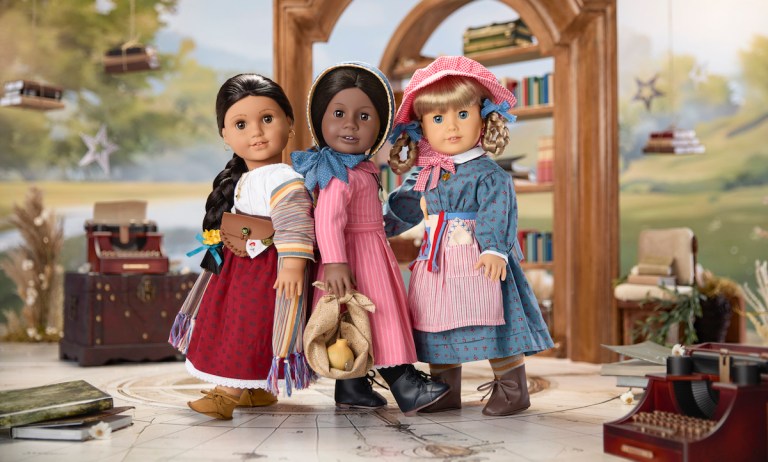Adults Are Buying More Toys as Families Cut Back

Parents are buying fewer toys and games for their children, but adult collectors are still splurging on premium dolls, figurines and such, and toy and game companies are expanding their direct-to-consumer (D2C) offerings to meet this demand.
Mattel, for instance, is looking to tap into adults’ nostalgia for its early American Girl dolls. It announced Monday (May 13) the return of three characters from the ’80s and ’90s — Kirsten Larson (originally released in 1986), Addy Walker (1993) and Josefina Montoya (1997) — via “throwback collections” with their original accessories.
The re-release of these dolls, which sell for $150 each on the American Girl brand’s D2C site, comes as parent company Mattel aims to grow sales with adult collectors.
“Mattel Creations, our rapidly growing [D2C] channel serving adult collectors, is expanding fan engagement,” Mattel Chairman and CEO Ynon Kreiz told analysts on the company’s latest earnings call. He noted that adult collectors represent a growing demographic for the company’s Hot Wheels and Barbie brands.
Similarly, competitor Hasbro attributed the growth of its Magic: The Gathering brand in part to “collectability,” per CEO Chris Cocks’ comments during the company’s earnings call with analysts in April, also highlighting the company’s moves into collectible toys for longtime Star Wars fans.
These moves come as the toy market for adults rapidly grows, with demand having skyrocketed following the initial outbreak of the pandemic.
Consumers ages 18 and up account for 17% of U.S. toy sales, surging by eight percentage points from 2019, CNN reported in the fall, citing Circana data. Between June 2021 and June 2023, sales of toys to adults nearly quadrupled, rising from $1.7 billion to $6.4 billion.
With lockdowns and restrictions in place, many adults found themselves spending more time at home. This increased time indoors led to a resurgence of interest in hobbies and activities that could be enjoyed at home, including playing with toys and collecting. The pandemic brought about heightened levels of stress and anxiety for many people. Engaging in nostalgic activities like playing with toys could provide comfort and serve as a form of stress relief during uncertain times, and it seems that those habits have stuck.
Toy companies are more incentivized to meet this demand for collectibles as parents buy fewer toys and games for their children. Kreiz noted on Mattel’s earnings call that the company expects to see “the impact of a shift in consumer spending towards … experiences and services” this year contributing to declines in toy sales. Similarly, Hasbro shared in its earnings release that revenue from consumer products was down 21% year over year.
Overall, consumers are cutting back on retail spending, but they continue to carve out room in their budgets for nice-to-haves that are important to them (such as special-edition collectibles). The February/March installment of the PYMNTS Intelligence New Reality Check: The Paycheck-to-Paycheck Report series found that 60% of shoppers have cut down on nonessential retail purchases due to product price increases. Yet last summer’s “Nonessential Spending Deep Dive Edition” of the series found that 70% of retail shoppers buy “nice-to-have” items at least sometimes.
For all PYMNTS retail coverage, subscribe to the daily Retail Newsletter.